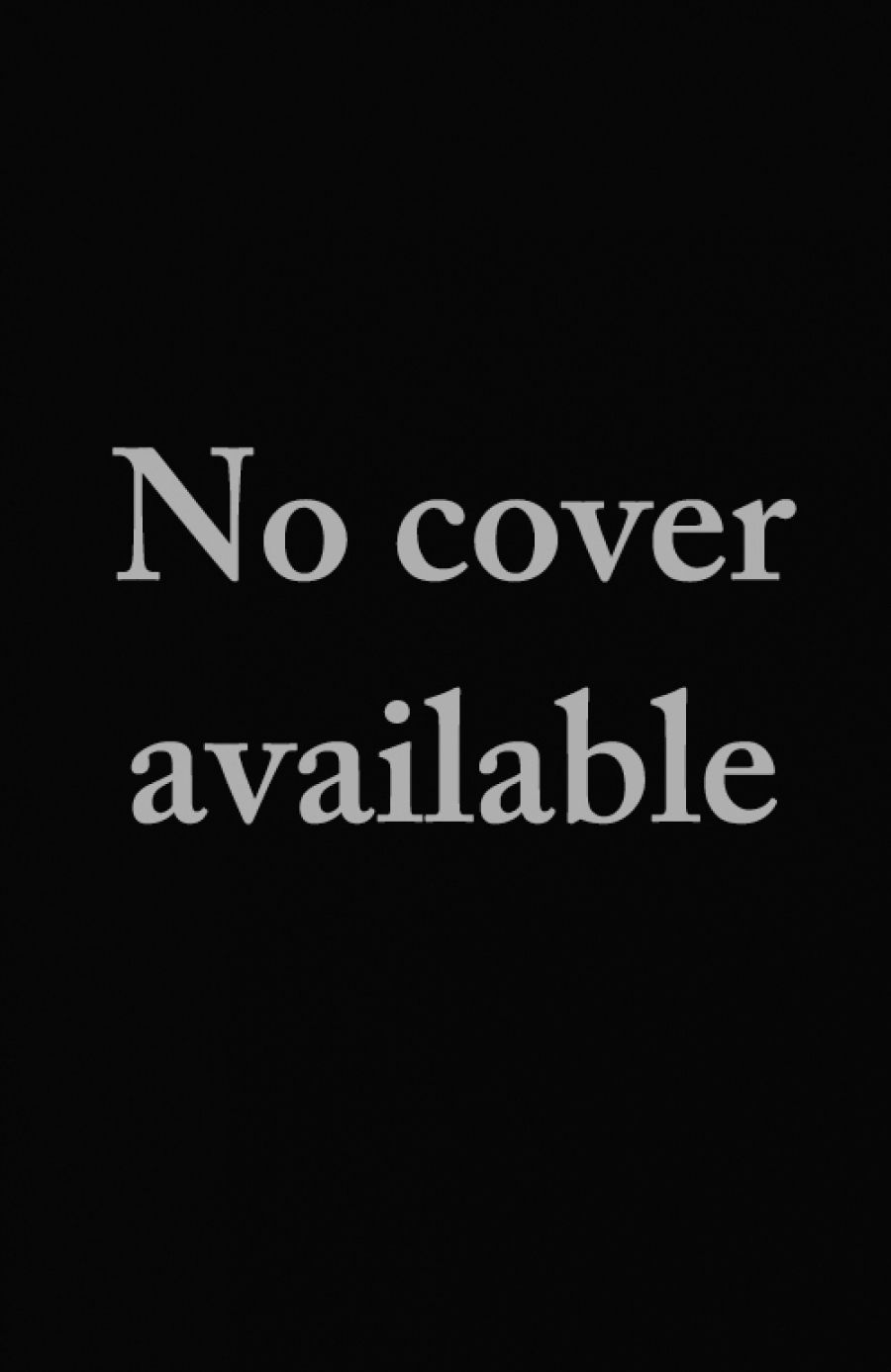
- Free Article: No
- Contents Category: Society
- Review Article: Yes
- Online Only: No
- Custom Highlight Text:
The third volume to be produced by the Asian Association for the Study of Australasia, Diaspora: The Australasian Experience, is a large publication with more than forty chapters. It makes an important contribution to the often willing debate about preserving Austral(as)ia’s perceived homogeneity in the face of the challenges carried in the cultural baggage of postwar arrivals from beyond the shores of the United Kingdom. Most, if not all, of the writers prefer to celebrate what Jane Mummery calls, in the opening essay, ‘the affirmation of the hyphen and hybridity’. Many other essays in the collection also demonstrate the extent to which Australian academics in the humanities and social sciences are contributing to the development and analysis of cultural connections between South Asia and Australasia.
- Book 1 Title: Diaspora
- Book 1 Subtitle: The Australasian experience
- Book 1 Biblio: Prestige Books, $25 pb, 544 pp
There are several essays about the movement of particular groups to Australia: Greek, Italian, Indian and Japanese, for example. Adrian Mitchell’s powerful essay describes growing up in South Australia with Australians of German background. I responded strongly to this piece, because my mother’s maiden name was Pahl. Two of my great-uncles were interned in the Torrens Island Concentration Camp in 1916 for refusing to allow their children to salute the Union Jack at Murrayville Primary School; their brother, my German-speaking grandfather, enlisted and fought with the Forty-Third Battalion on the Somme.
Kateryna Longley’s moving and heartfelt piece is about her parents, Ukrainian migrants who arrived in Australia in 1949. Longley emphasises the significance of storytelling in rebuilding the identities of people in exile, and notes that its real value is ‘in the telling and listening, face-to-face, voice-to-voice, heart-to-heart … the stories we tell about ourselves are ourselves’. Ameer Ali’s paper describes the Muslim diaspora in the West. One-third of the world’s Muslims live as minorities in almost 100 nations; in Australia there are ‘nearly fifty different ethnic groups among the Muslims who speak that many different languages and dialects and have brought with them a vast array of cultural accoutrements ranging from dress codes to sexual practices’. He also writes forcefully about ‘the question of shariah’ and other issues that Muslims deal with on a daily basis, observing that ‘apart from the Howard Government’s foreign policy of rendering unreserved support to Washington’s hegemonic adventurism in Muslim lands, it is the government’s tough stand against illegal immigrants, the majority of whom are Muslim refugees from Afghanistan and Iraq, that feeds the anti-Muslim sentiment’; and that it is ‘the Howard Government’s foreign policy that helped make these Muslims refugees in the first place’. The essay concludes with the observation that while Australian Muslims may have to make the difficult choice between isolationism and integration, all have rejected assimilation. As Robert Imre notes in a later essay, we need ideas about diaspora that are not closed, dooming people ‘to the fate determined by those creating the stereotype’.
There are several important essays on ‘illegal’ immigration by Robert Imre, Trudy Hoad and M.A.B. Siddique, in which academics grapple with mainstream political and cultural issues. Imre begins with the idea that, in Australia, diasporas have long been regarded as suspicious and problematic. Australians should move beyond the choice between cultural ties to Europe and our geographical location at one of the ‘ends of Asia’. Instead, we should learn how to welcome newcomers and make room for them to live as members of a larger community that also accepts them on their own terms.
While editor Cynthia vanden Driesen notes the growing significance of the various South Asian diasporas on Australia and New Zealand, co-editor Ralph Crane’s chapter notes the impact of ‘a less visible, white, Anglo-Indian diaspora’. Australians need to know more about our (present and past) connections with South Asia, and with India in particular.
Serge Liberman, in a significant chapter on Jewish migration, makes the point that in Hebrew there are two words to describe diaspora: golah and galut. Golah ‘is a simple and unloaded descriptive statement referring to the expatriate state, to living, for whatever elected personal reasons and preferences, outside one’s homeland’. Galut, on the other hand, ‘carries with it a more painful notion of “choiceless choice”, of living in the Diaspora on sufferance, more specifically of living uprooted, displaced and dislocated – in short, in Exile – from one’s home following flight or expulsion as refugees’.
An Adelaide publisher informs me that these days he is being bombarded with offers for joint projects from counterparts in India. This is a large and relatively inexpensive book of essays; we may see more and more Australian books published offshore in the years to come.


Comments powered by CComment